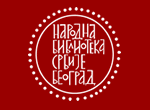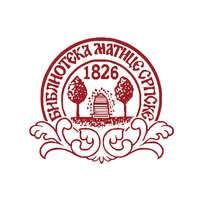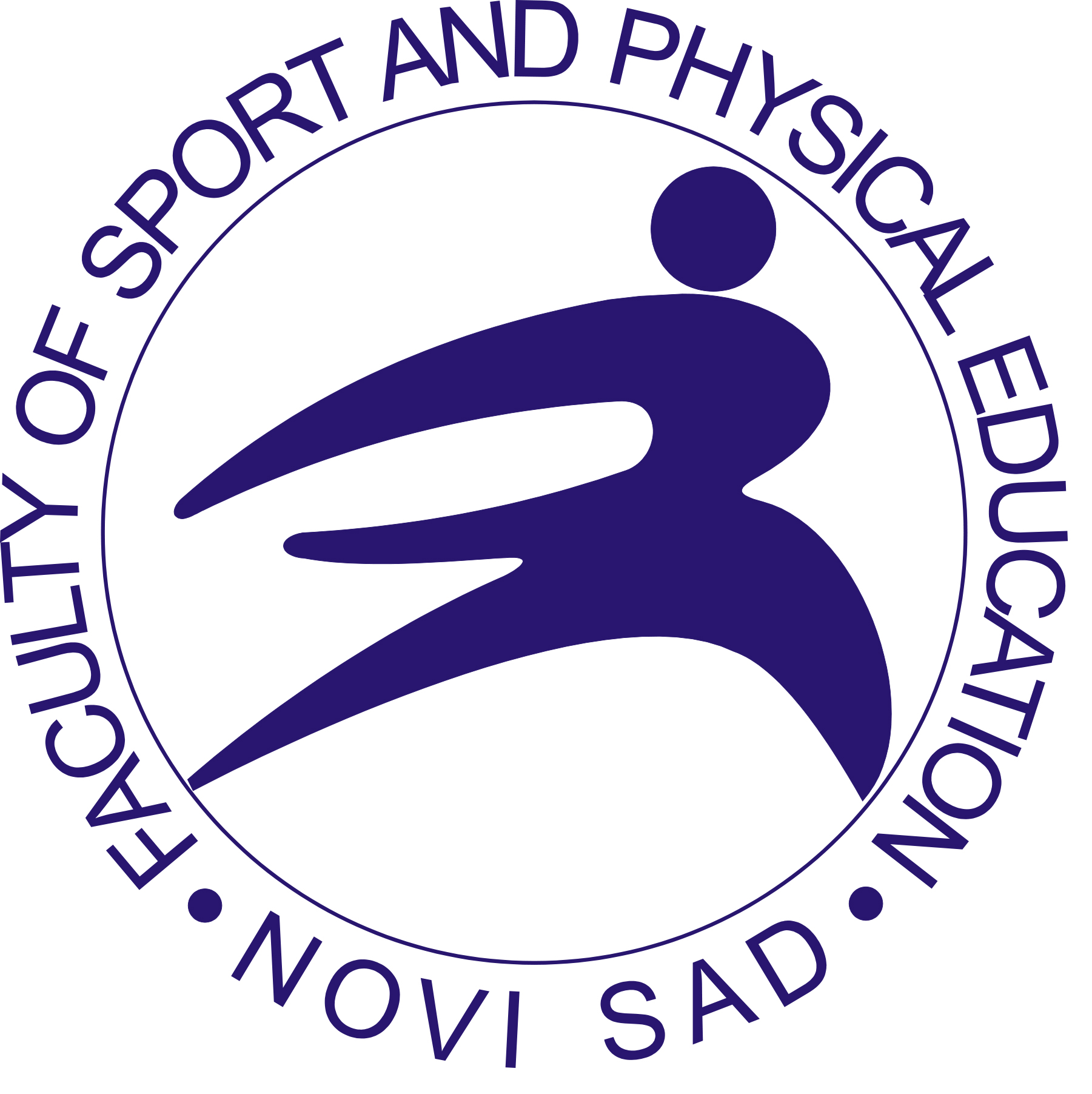
More articles from Volume 3, Issue 1, 2011
NUMBER OF STEPS PER DAY AND PHYSICAL ACTIVITY LEVELS OF ADULTS IN GREECE
AN AUTOMATED IDENTIFICATION OF INDIVIDUALS AT HEALTH RISK BASED ON DEMOGRAPHIC CHARACTERISTICS AND SELF-REPORTED PERCEPTIONS
CANDIDATE GENES IN THE FIELD OF EXERCISE GENOMICS
THE EFFECT OF STRENGTH TRAINING ON TENNIS SERVICE PERFORMANCE OF JUNIOR TENNIS PLAYERS
RELATIONS BETWEEN ANTHROPOMETRIC CHARACTERISTICS AND LATENT DIMENSIONS OF STRENGTH IN PERSONS OF ABOVE-AVERAGE MOTOR ABILITIES
DIFFERENCES IN POSTURAL STATUS OF LOWER-GRADE PUPILS WITH RESPECT TO THE LEVEL OF PHYSICAL ACTIVITY
Jovan Jovanović - Zmaj, Elementary School , Sremska Kamenica , Serbia
Abstract
A basic posture is thought to be inherited, but it can be modified by environmental factors such as illness, age, physical activity, living conditions, physical environment, diet, and many others. The purpose of this study was to determine the differences in postural status between trained athletes and untrained children of the same age. The population sample included boys aged 8-10 years from elementary schools in the city of Novi Sad, as well as from sport clubs in the same area. They were assigned to either of the three groups: A) pupils participating in an individual sport (N=50); B) pupils participating in a team sport (N=51), and C) pupils attending physical education (PE) classes only (N=50)(control group). All measurements of postural status were taken using the Napoleon Wolanski method. The analyses showed that the situation in the control group is rather worrisome, where postural status is very poor. The weakest links are the abdominal muscles, but also the head, shoulders, shoulder blades, spine, feet and legs.
Keywords
References
Citation
Copyright

This work is licensed under a Creative Commons Attribution-NonCommercial-ShareAlike 4.0 International License.
Article metrics
The statements, opinions and data contained in the journal are solely those of the individual authors and contributors and not of the publisher and the editor(s). We stay neutral with regard to jurisdictional claims in published maps and institutional affiliations.
























